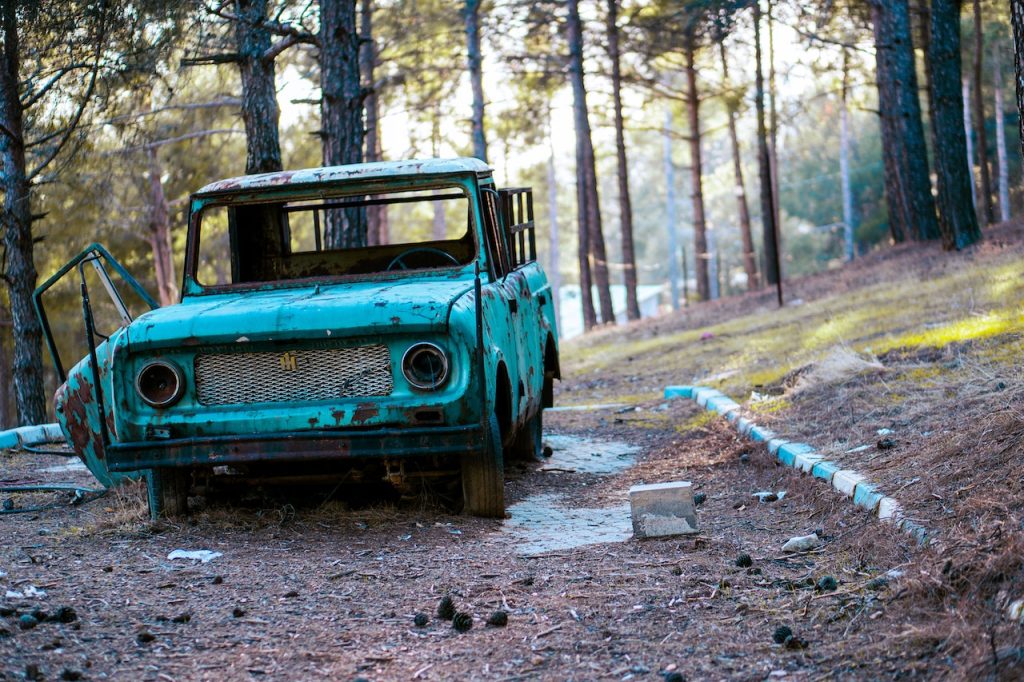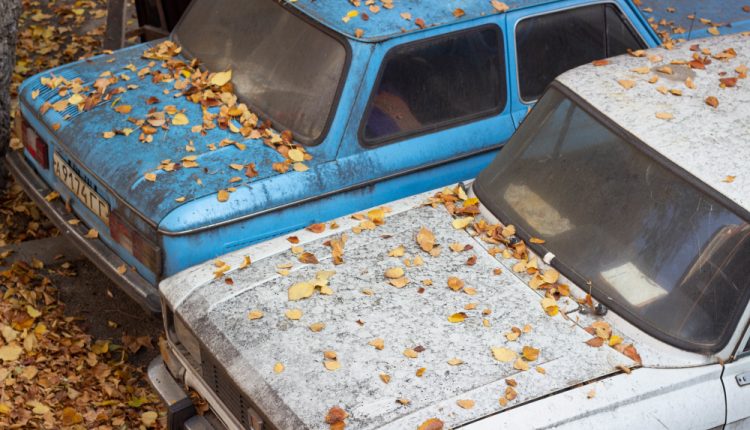Scrapping a car can be an overwhelming process, but with the right guidance, it can be done smoothly and efficiently. Whether you’re looking to get rid of an old, damaged vehicle or want to contribute to environmental sustainability by recycling its components, this step-by-step guide is about the entire scrapping process. From preparing the car for scrapping to completing the necessary paperwork, we’ve got you covered.
Full Guide About to Entire Process of a Car Scrapping

Step 1: Assessing the Vehicle’s Condition
Before embarking on the scrapping journey, you need to evaluate your car’s overall condition. Determine if it’s truly at the end of its life or if repairs could make it roadworthy again. If the cost of repairs exceeds the car’s value or it’s damaged beyond repair, scrapping becomes the viable option.
Step 2: Removing Personal Belongings
Before handing over your car to the scrapyard, remove all personal belongings and documents. Check under seats, in glove compartments, and in the trunk for any valuable items you might have forgotten.
Step 3: Drain Fluids and Remove Hazardous Materials
To ensure safety during transportation and recycling, it’s essential to drain all fluids, such as oil, coolant, and gasoline. Additionally, remove hazardous materials like batteries and airbags, which require special handling and disposal.
Step 4: Choose a Reputable Scrapyard
Selecting the right scrapyard is crucial for a smooth and environmentally responsible scrapping process. Look for a reputable and licensed facility that follows eco-friendly practices and offers fair prices for scrap metal and car components.
Step 5: Get Quotes and Compare Prices
Obtain quotes from different scrapyards in your area. Compare the offered prices and services to get the best deal. Ensure that the quoted price includes the cost of towing the vehicle to the scrapyard.
Step 6: Arrange for Towing
Once you’ve selected a scrapyard, schedule the towing of your car. Some scrapyards provide towing services, while others may require you to arrange transportation. Coordinate the pickup date and time according to your convenience.
Step 7: Transfer Ownership
Before the towing takes place, sign over the car’s title to the scrapyard. This legal transfer of ownership is essential to release you from any liabilities associated with the vehicle.

Step 8: Complete Necessary Paperwork
Aside from transferring ownership, there might be additional paperwork required by your local authorities. Ensure you fill out all the required forms correctly to avoid any legal issues.
Step 9: Recycling and Disassembly
Once the car reaches the scrapyard, it undergoes a thorough recycling and disassembly process. Skilled technicians carefully dismantle the vehicle, salvaging valuable components and separating hazardous materials for appropriate disposal.
Step 10: Reusable Parts Recovery
During the disassembly, salvageable parts like engines, transmissions, and electronic components are identified and stored for resale or reuse. These parts can serve as affordable alternatives for other car owners.
Step 11: Recycling the Scrap Metal
After the disassembly, the remaining metal shell is processed for recycling. Scrap metal from cars contributes significantly to the manufacturing of new products, reducing the need for extracting raw materials.
Step 12: Environmentally Friendly Disposal
Hazardous materials collected during the disassembly process are disposed of following environmentally friendly guidelines, minimizing their impact on the ecosystem.
Step 13: Obtaining a Certificate of Destruction
Once the scrapping process is complete, request a Certificate of Destruction from the scrapyard. This certificate serves as proof that your car has been legally and responsibly scrapped.
Step 14: Cancel Insurance and Registration
Contact your insurance provider to cancel the car insurance policy since you no longer own the vehicle. Additionally, inform your local vehicle registration authority about the scrapping to avoid any future complications.
Step 15: Consider Donating Non-Scrapable Cars
If your car is in good condition and can be driven, consider donating it to a charitable organization. Donating a vehicle can benefit a worthy cause and might even provide you with tax incentives.
Step 16: Document the Process
Take pictures of your car before it gets towed to the scrapyard. Documenting the process can be helpful for insurance purposes or if any issues arise later.
Step 17: Be Wary of Scams
Be cautious of potential scams or unethical practices in the scrap car industry. Choose a reputable scrapyard with positive reviews and a transparent process.

Step 18: Inform Family and Friends
If you’re scrapping a car that holds sentimental value, consider informing close family and friends about your decision. Sharing memories of the car can help with the emotional aspect of letting it go.
Step 19: Explore Scrapping Incentives
Some regions offer incentives for scrapping old vehicles to promote environmental sustainability. Check if there are any government programs or incentives available in your area.
Step 20: Research Local Regulations
Familiarize yourself with the specific regulations and laws related to scrapping cars in your region. Compliance with these rules ensures a smooth and legal process.
Step 21: Understand the Environmental Impact
Scrapping a car contributes to the conservation of natural resources and reduces pollution. Understand the positive environmental impact you’re making by responsibly scrapping your vehicle.
Step 22: Support Certified Green Facilities
Opt to scrap your car at a facility certified by environmental organizations for their commitment to sustainable practices.
Step 23: Dispose of License Plates
Remove the license plates from the car and return them to your local Department of Motor Vehicles (DMV) or follow the required procedure for disposal.
Step 24: Reflect on the Experience
Take a moment to reflect on the scrapping process. Consider how your decision contributes to a greener future and how you can adopt more sustainable practices in your daily life.
Step 25: Embrace a Sustainable Lifestyle
Use the scrapping experience as a stepping stone towards embracing a more sustainable lifestyle. Small changes in your daily habits can make a significant difference in the environment.


